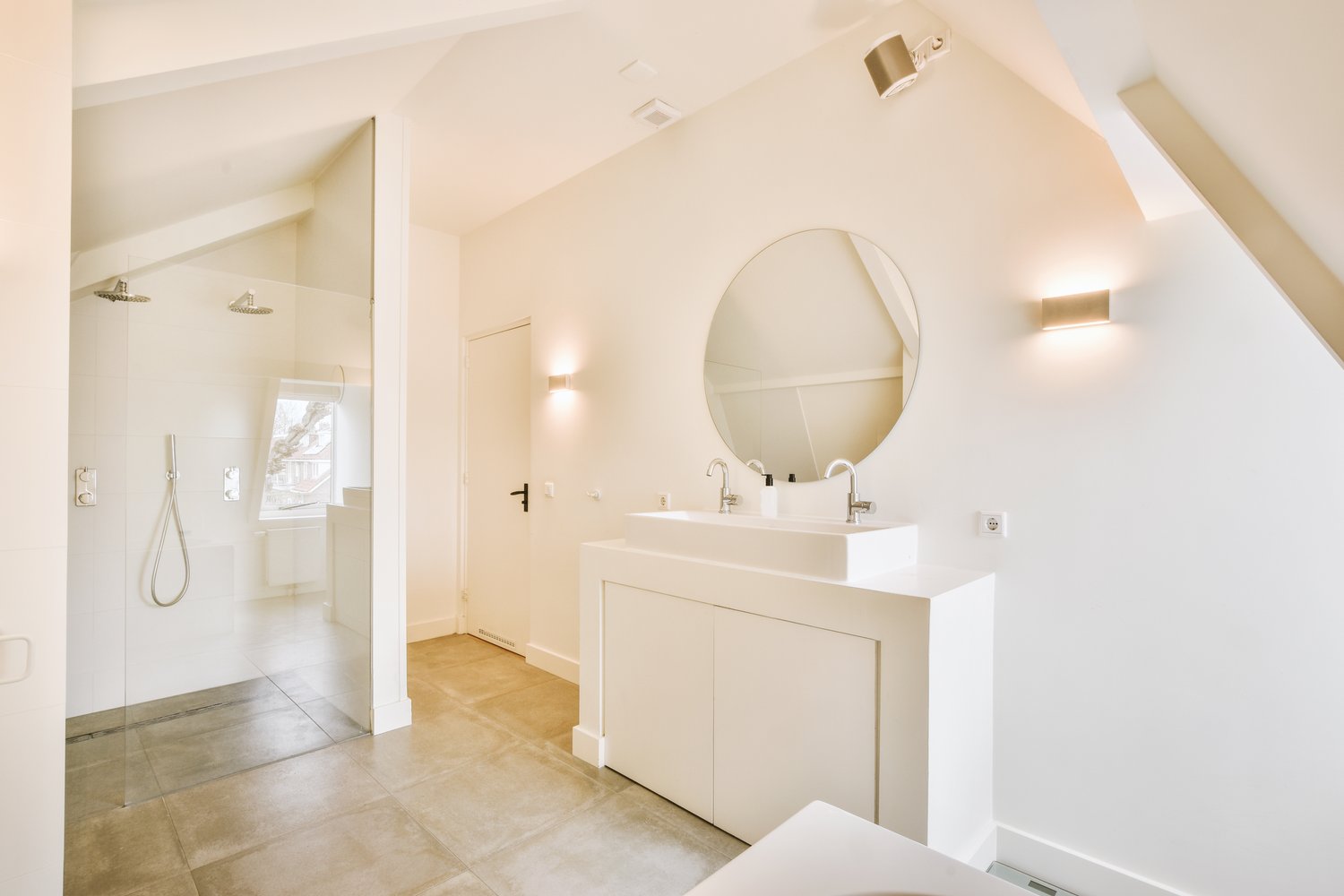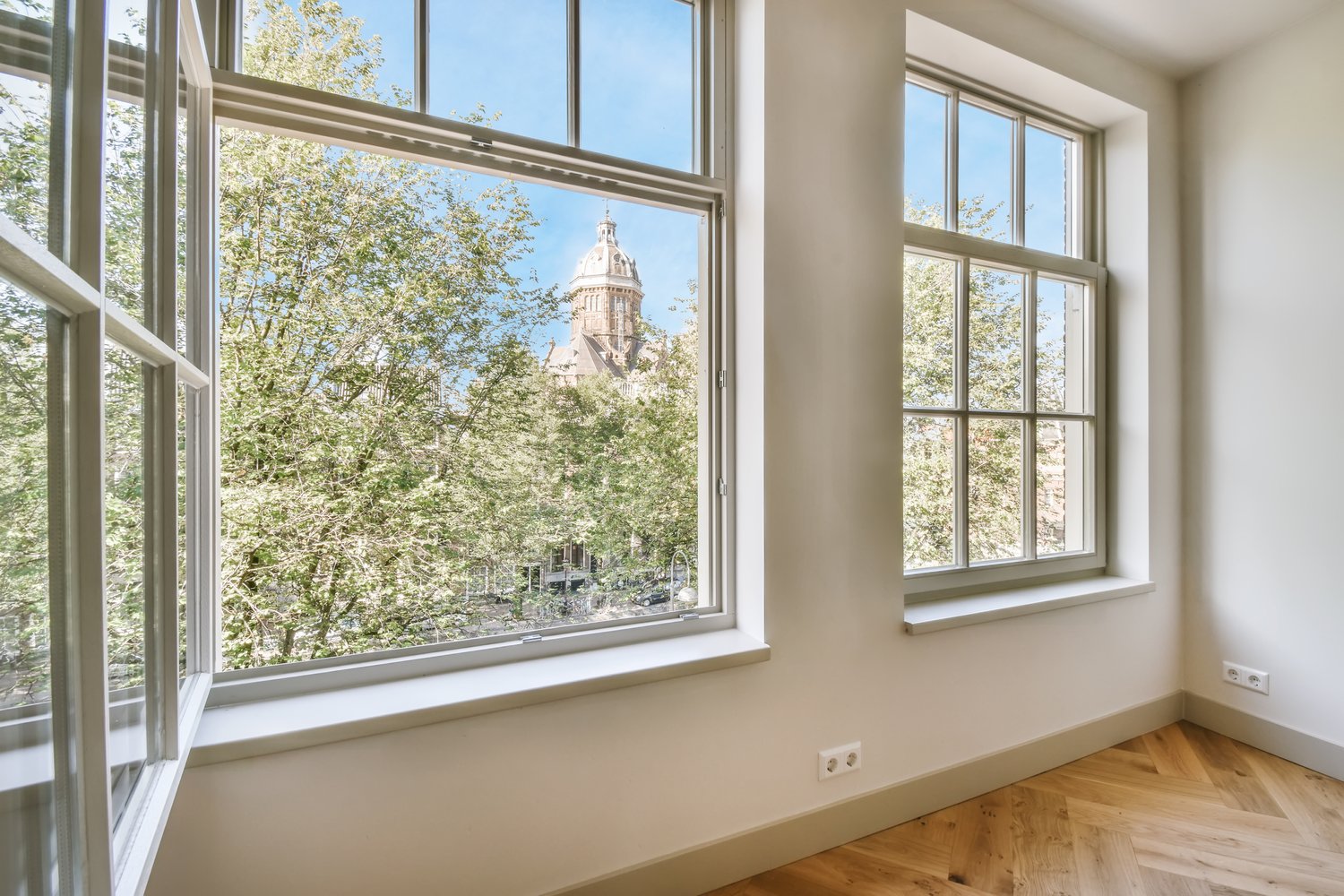Embarking on a bathroom renovation journey transforms one of your home’s most essential spaces into a personalized sanctuary. Creating a comprehensive bathroom renovation plan requires thoughtful consideration of design elements, budgeting constraints, and practical timelines. This bathroom remodel guide walks you through every crucial step of the process, from initial concept development to the final inspection. Whether you’re planning a new bathroom from scratch or updating an existing space, understanding the complete bathroom design process will help ensure your project achieves both functional excellence and aesthetic appeal.
Assessing Your Needs and Setting Goals
Before diving into the exciting world of fixtures and finishes, take time to evaluate how your current bathroom fails to meet your needs. Consider who uses the space, how they use it, and what specific pain points exist in the current layout. Are you seeking more storage, improved accessibility, or simply an updated aesthetic? Families with young children may prioritize durability and safety, while empty nesters might focus on luxury and comfort. Your bathroom renovation plan should begin with a clear vision of your priorities. Take measurements of your existing space and note the location of plumbing lines, electrical outlets, and ventilation—these factors will influence your design options and potentially impact your budget. By establishing concrete goals upfront, you create a framework for decision-making throughout the planning new bathroom process.
Establishing a Realistic Budget
Financial planning represents one of the most crucial aspects of your bathroom remodel guide. Typical bathroom renovations range from $5,000 for minor updates to $25,000+ for complete overhauls, with luxury renovations potentially exceeding $50,000. Create a detailed spreadsheet categorizing anticipated expenses: demolition, plumbing, electrical, materials, fixtures, and labor. Always include a contingency fund of approximately 20% to accommodate unexpected discoveries like water damage or outdated wiring. Consider which elements deliver the most impact for your investment—sometimes splurging on a statement vanity while economizing on simple subway tile creates the perfect balance. When planning your budget, research financing options early in the bathroom design process, whether through home equity loans, renovation-specific financing, or personal savings. Tools from trusted resources like AskHomey can help homeowners better understand typical costs for their specific region and renovation scope.
Designing Your New Space
The creative phase of planning new bathroom layouts offers exciting opportunities to express your personal style. Begin collecting inspiration from magazines, social media, and showrooms, organizing ideas by theme or feature. Consider how different design elements work together: fixture styles, color palettes, lighting plans, storage solutions, and architectural details. The bathroom design process should balance aesthetic preferences with practical requirements. Pay special attention to water-resistant materials appropriate for humid environments, adequate lighting for different tasks, and proper ventilation to prevent mold issues. Work with scale drawings or digital design tools to experiment with layouts before committing to your final plan. Remember that even small bathrooms can feel luxurious through thoughtful design choices like floating vanities, glass shower enclosures, and strategic lighting that creates an illusion of space.
Selecting Materials and Fixtures
With your bathroom renovation plan and design concept established, begin selecting specific materials and fixtures. Countertops, flooring, shower surrounds, vanities, toilets, sinks, faucets, lighting, and accessories each require careful consideration of style, durability, maintenance requirements, and cost. Create a cohesive palette where these elements complement rather than compete with each other. When comparing options, request samples to see how materials look in your actual space under different lighting conditions. Research warranties, expected lifespans, and maintenance requirements for each product. High-traffic family bathrooms might benefit from porcelain tile and solid-surface countertops, while guest bathrooms could incorporate more delicate materials. During this phase of your bathroom remodel guide, timing is crucial—order products well in advance, as custom items often have extended lead times that could impact your construction schedule.
Hiring and Working with Professionals
Unless you possess considerable DIY skills, most bathroom renovations require professional assistance. Research potential contractors through referrals, online reviews, and professional associations. When interviewing candidates, verify credentials, insurance coverage, and experience with bathroom projects specifically. Request detailed written estimates that outline the scope of work, materials, timeline, payment schedule, and warranty information. A thorough contractor should identify potential complications based on your home’s age and construction type. Establish clear communication protocols and regular progress meetings. While tempting to choose the lowest bid, consider value rather than just price—experienced professionals might cost more initially but save money by avoiding costly mistakes. Throughout the bathroom design process, maintain organized records of all contracts, change orders, and communications to prevent misunderstandings.
Managing the Construction Phase
Once demolition begins, your bathroom renovation plan transitions from theoretical to tangible. Prepare for the disruption by establishing a temporary bathroom solution if necessary. Create a detailed timeline with your contractor, understanding that sequential tasks like plumbing rough-in, electrical work, drywall installation, tiling, and fixture mounting must follow a logical order. Regular site visits allow you to address questions promptly and catch potential issues before they become expensive problems. While some changes may be necessary during construction, try to minimize mid-project modifications that can impact both budget and timeline. Document progress through photos not only for your records but also to celebrate the transformation as your planning new bathroom vision becomes reality.
For more tips and to connect with reliable home service professionals, follow AskHomey on Facebook and Instagram.



